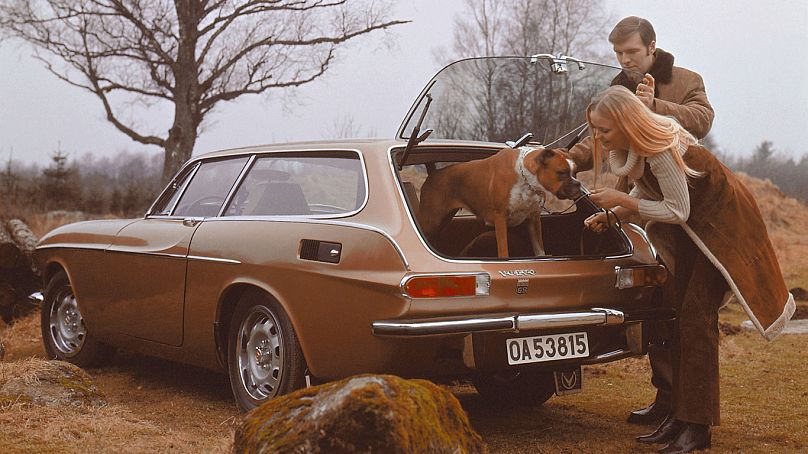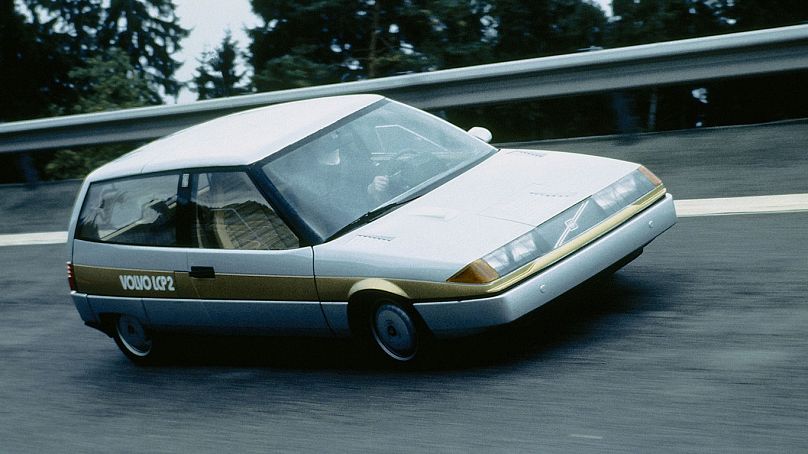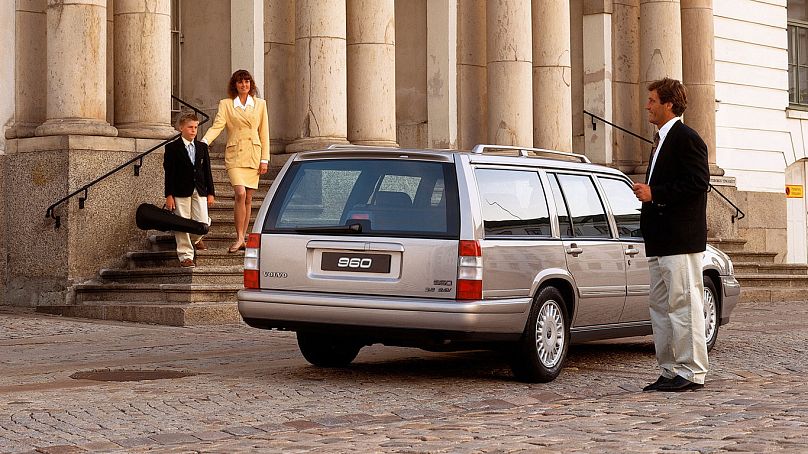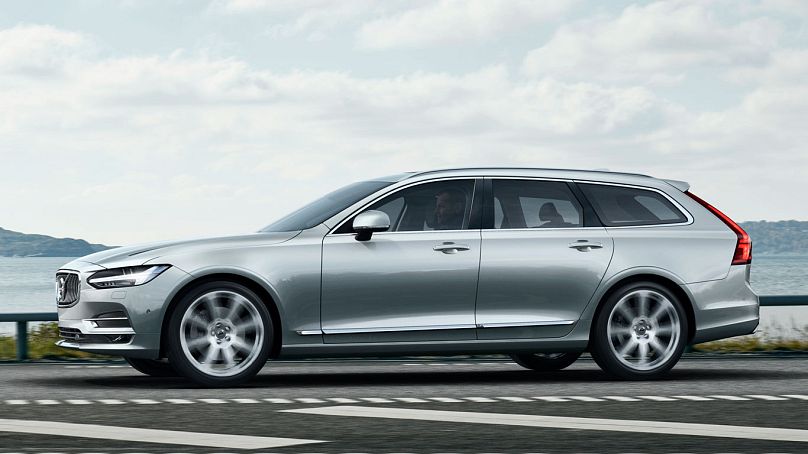Since the Swedish manufacture’s first model released in 1953, more than six million Volvo estate cars have been sold. Now they’re coming to an end.
The end of the road for Volvo estate cars: A nostalgic look back through the years
Swedish carmaker, Volvo, recently announced its decision to discontinue the production of its estate cars in the UK, redirecting its attention exclusively towards the manufacturing of SUVs and electric vehicles.
The concept of the estate car was popularised in the 1950s and 1960s, when families needed vehicles that could carry both passengers and cargo.
70 years ago, Volvo entered this market with the introduction of the Volvo Duett, which was based on a truck chassis and designed to serve as a versatile workhorse.
It combined a spacious rear compartment with a passenger cabin, making it suitable for various tasks.
Subsequently, the Volvo estate underwent a series of evolutions, giving rise to a diverse range of stunning models, including the cherished Volvo 145 emerged, pioneering a more sophisticated and spacious concept in estate cars and the iconic Volvo 850, which marked its racing debut in 1994 within the BTCC (British Touring Car Championship) arena.
Fear not, we’re not turning into Top Gear but the passing of the big car is a sign of the times so we’ve curated a photo gallery showcasing the evolution of the brand’s most iconic and nostalgic estate car designs over the years.
Some disparagingly call them ‘wardrobes on wheels’ but even the most curmudgeonly critics can’t deny their supreme practically and reliability, which in itself makes them highly prized objects of desire.
Volvo PV 445 Duett – 1953

Volvo P210 Duett – 1960

Volvo P220 Amazon Estate – 1962

Volvo 145 – 1967

Volvo 1800 ES – 1971

Volvo 245 – 1975

Volvo VCC -1980

Volvo LCP Concept – 1983

Volvo 760 Estate -1985

Volvo 940/960 – 1990

Volvo 850 Estate – 1993

Volvo 850 BTCC – 1994

Volvo V50 – 2003

Volvo XC70 Surf Rescue Concept – 2007

Volvo V60 Plug-in Hybrid – 2013

Volvo V90 – 2016

Under the stewardship of Chinese conglomerate Geely, the Swedish automaker is strategically recalibrating its approach to the European market, particularly in the realm of estate cars.
Right now, estate cars and saloons make up less than 10 percent of their sales in the UK, whereas, their electric SUVs like the XC40 Recharge and C40 Recharge are gaining a lot more traction among customers.
The evolving market explains the discontinuation of estate cars in the UK. And while Volvo will continue estate production elsewhere, it’s highly likely that this decision will eventually set a blueprint globally.
In an automotive landscape where certain EU nations are poised to prohibit the manufacturing of petrol and diesel engine vehicles within as little as six years, the ethos at Volvo is shifting drastically.
The company has the ambitious aim of achieving the status of a wholly electric car manufacturer by 2030, and further aspiring to carbon neutrality by 2040.
To do so, they’re primed to inaugurate a state-of-the-art, environmentally neutral factory in Slovakia, which will exclusively produce electric vehicles.
Jim Rowan, the chief executive at Volvo Cars, explains the strategic course, stating, “We have a clear focus on becoming a pure electric mobility brand by 2030, which is in line with our purpose. Expansion in Europe, our largest sales region, is crucial to our shift to electrification and continued growth. I am very pleased to expand our Volvo Cars production footprint into Slovakia and look forward to welcoming new colleagues and partners on the journey ahead.”







